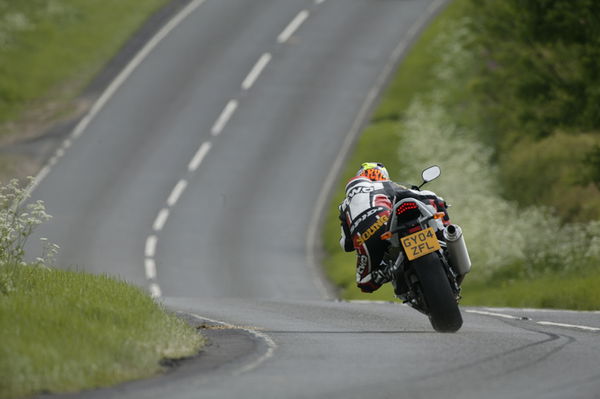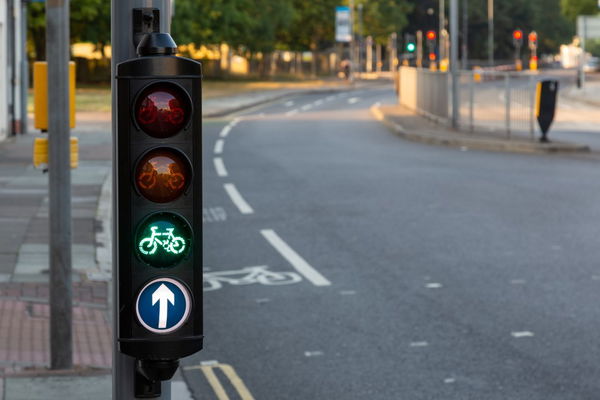Hang tight | How to hang off a motorcycle... correctly and safely!
Hanging off a bike is something that doesn’t come naturally, but it's the most efficient and quickest way to hustle your motorcycle around - if you are new to it though, check out these handy tips
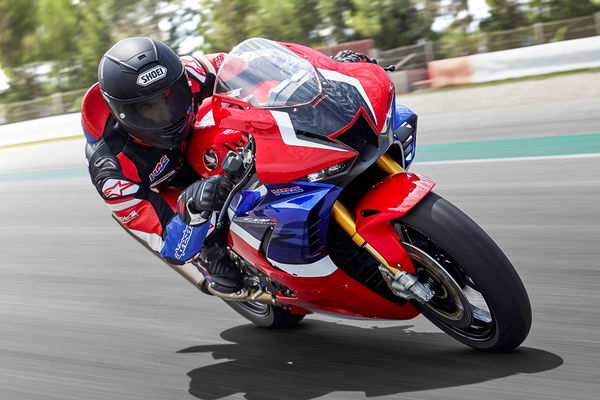
LET’S be honest here, hanging off the side of the bike when cornering on the road is going slash no time off your morning commute. It does though help a rider to feel more comfortable while moving their body away from the more natural, upright riding position. It also helps to train a rider to stay loose and relaxed, and that’s the biggest benefit.
Why do racers hang of motorcycles?
Moving your body off the side of a motorcycle moves the bike’s centre of gravity (because when you’re on it you are part of that equation) into the corner. With the centre of gravity nearer to the apex of the corner, the bike can turn faster. A bit like a conker on a piece of string. Make the string longer and the conker rotates slower and takes more energy to complete a loop. Make it shorted and it rotates faster and needs less energy to complete the loop.
Another reason is that ground clearance. With the rider hanging off the side of the bike, the rider can corner with the bike faster than sitting bolt upright while carrying less lean angle, leaving more ground clearance for the pegs, fairing, and exhaust.
Less lean angle also means the tyre is sat on the fatter part of the carcass, increasing grip and feel. Because modern tyres are so good, on the road this helps but isn’t the be all and end of it. On track though, it’s a whole different matter and can make the difference between making that pass on the rider ahead or not.
Another advantage is the increased amount of pressure put through the inside footpeg, which can help the bike turn. In more extreme circumstances, at higher speeds – generally only on the track – an offset body position, particularly the leg, creates an aerodynamic drag that can also help the bike turn.
The final reason for hanging off is because if you don’t you’ll never get your knee down (safely) and knee skids are fun.
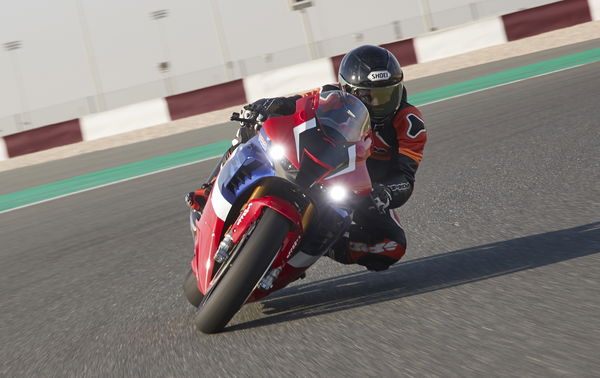
How to hang off a motorcycle
Shifting your weight off the side of a bike and towards the apex of the corner can take two forms; the upper body lean into the corner, or the upper body lean combined with a cheek off the seat and an outstretched knee.
If you do decide to use a shift of body weight as a technique for a particular corner, it must be done early enough so as not to adversely affect the focus of the rider on the essentials of safe cornering. Get it out of the way early to give you time to concentrate on your speed and road position. Likewise, you should not be looking to shift your weight as you turn or while you are riding through the corner either – doing so will only upset the bike’s balance and possibly cause it to lean too far.
For gentle turns and modest angles of lean, there’s little point shifting weight around – you’ll derive little benefit from it, and it can look quite ridiculous. If on the other hand you’re approaching a corner through which there’s excellent visibility and you can see there are no dangers aside from the corner itself (no conflicting traffic and a good road surface), it may well be worth hanging off for a correspondingly high angle of lean.
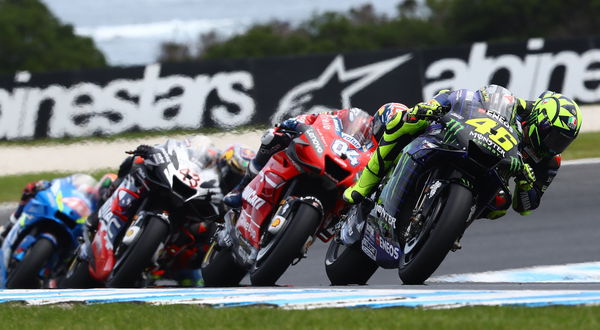
If you do decide to try it for the first time, make sure the weight shift is minimal to start with, maybe a knee out or just some extra lean in the upper body. A cautionary note here though – always keep the arms bent. I often see riders shifting only their upper bodyweight as they lean into a corner but using no corresponding forward movement. As a result, the outside arm straightens completely which can destabilize the bike.
Once you feel more comfortable doing it try shifting half a bum cheek of the side of the seat into the direction of the corner you’re about to take. Roll the ball of your foot off the main part of the footpeg and try and sit the ball of your foot on the very end of the peg. Doing this will naturally help to open your hips and actually turns your lower body into the corner.
Once your happy (and this works better and more safely on track) begin to push you upper and lower body a tiny amount further into the corner. You’ll begin to have to bend your inside arm at the elbow to get there but that’s fine and you want to end up with your head closer to the inside of the turn than your rearview mirror would normally be.
It’s a good idea to grab a few pictures if you’re at a trackday where snappers are on hand. You can compare your body position to your mates who are with you and more experienced trackday riders. It can be good to compare to racers to but, just remember what they can do takes years of practice and shouldn’t be expected overnight!
